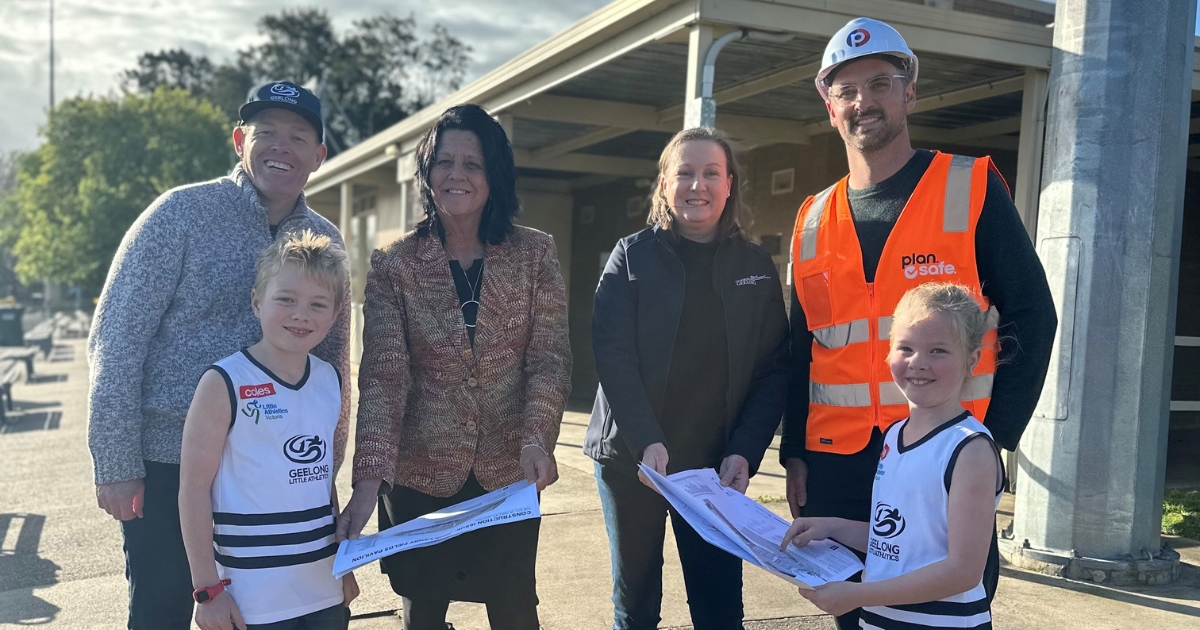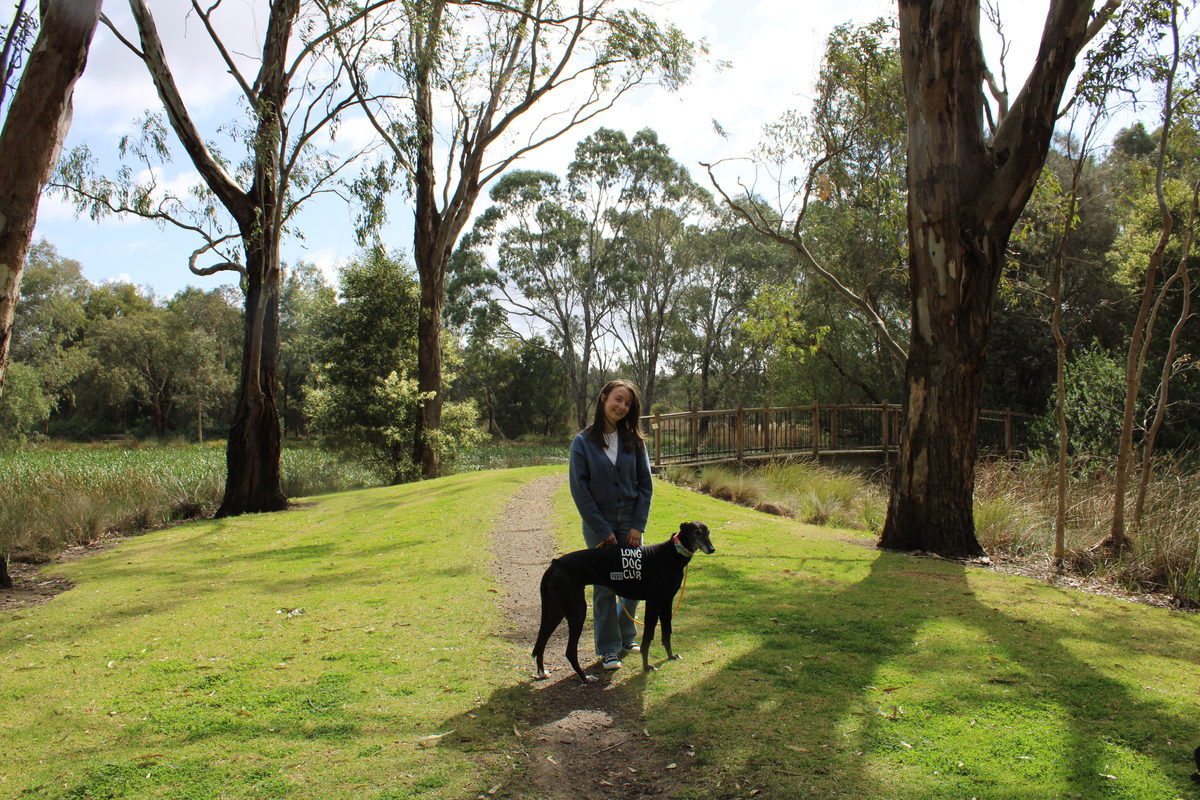Federal government expands marine park protections in South-east region

Corangamite federal member Libby Coker said the new marine sanctuaries reflected strong community advocacy for stronger ocean protections. Photo: SUPPLIED
THE federal government has introduced new conservation measures to protect marine biodiversity, finalising its South-east Marine Park Network Management Plan.
The plan establishes 11 new marine sanctuaries covering more than 80,000 square kilometres and expands the Macquarie Island Marine Park, a key sub-Antarctic conservation area.
It also prohibits new oil and gas exploration, carbon capture and storage (CCS), and seismic testing in all South-east marine parks.
Corangamite federal Libby Coker said the announcement reflects strong community advocacy for marine protection.
“This is a momentous achievement for all those in our local communities who have been fighting for stronger marine protections,” Ms Coker said.
“I’ve taken their voices to Canberra, and we’ve been able to secure a huge win which shows that our local values are shaping a better future for our nation.
“The new sanctuaries will not only safeguard important marine habitats but also support sustainable industries that depend on the health of our oceans.
“It is a testament to the power of community voices and a shared commitment to preserving our natural heritage.”
The South-east marine region covers the waters beyond state coastal zones, from 5.5 kilometres offshore to the edge of Australia’s exclusive economic zone, 370km out to sea.
It stretches from the far south coast of New South Wales, through Bass Strait, past Kangaroo Island, and around Tasmania, including the Macquarie Island Marine Park.
The Australian Marine Conservation Society (AMCS) welcomed the protections but said there was more work to be done.
AMCS protected areas manager Adele Pedder said the new sanctuaries would help safeguard critical habitats, including for endangered pygmy blue whales, shy albatross, southern bluefin tuna, deep-sea sharks, and the fragile ecosystems of the Great Southern Reef.
“South-east Australia’s waters contain some of the richest, most diverse life on our planet.
“Three great oceans – the Pacific, Indian and Southern oceans – combine to create an upwelling of deep, nutrient-rich water that turbocharges marine life in the region.
“These new protections will help safeguard seamounts, little penguins, endangered pygmy blue whale habitats, ancient black corals, deep-sea sharks, underwater canyons as deep as America’s Grand Canyon, important habitat for the endangered shy albatross, southern bluefin tuna, aggregations of Port Jackson sharks, and the fragile ecosystems of the Great Southern Reef such as golden kelp forests.”
Pedder said all new oil and gas, CCS and seismic blasting titles will be banned from every marine park in the region.
The plan follows extensive public consultation, with more than 32,000 submissions calling for stronger protections, and is set to guide the management of the region’s marine parks for the next decade.

















